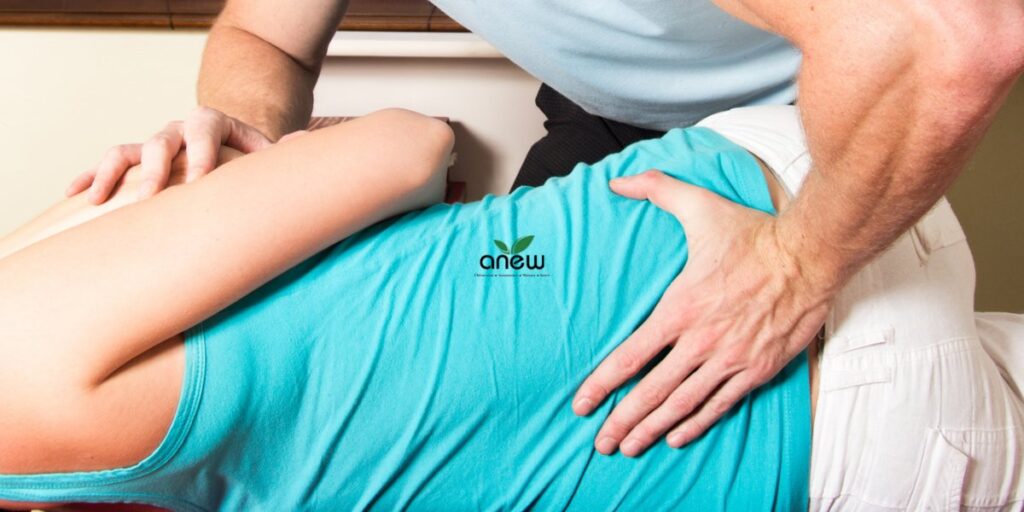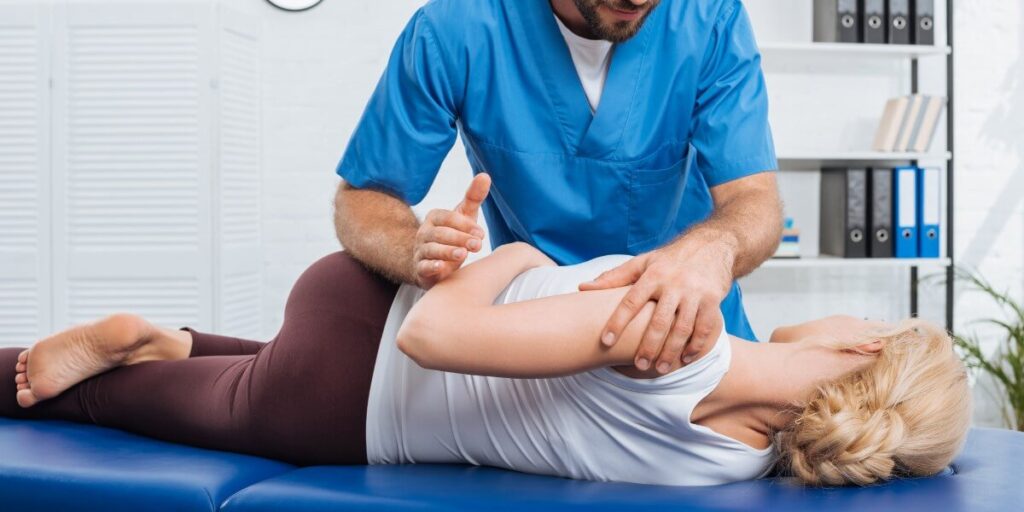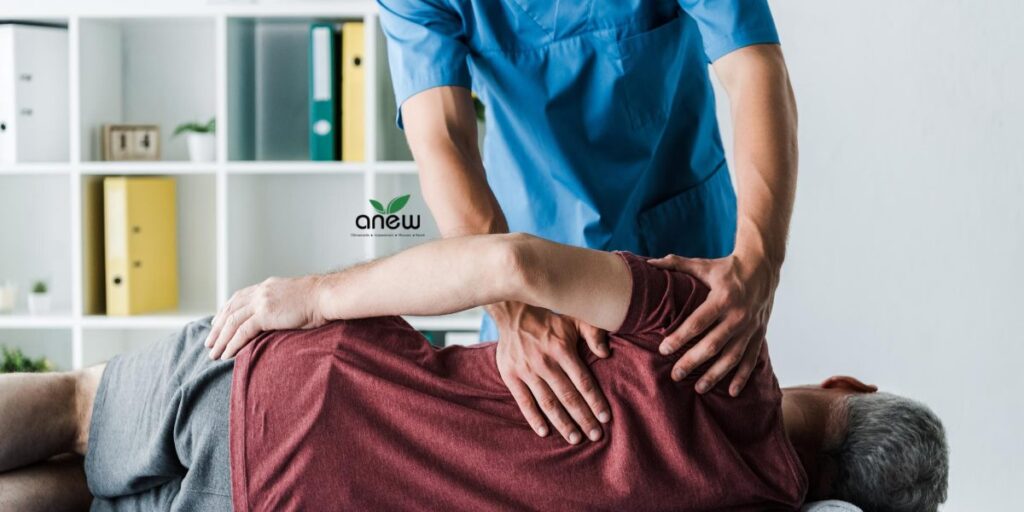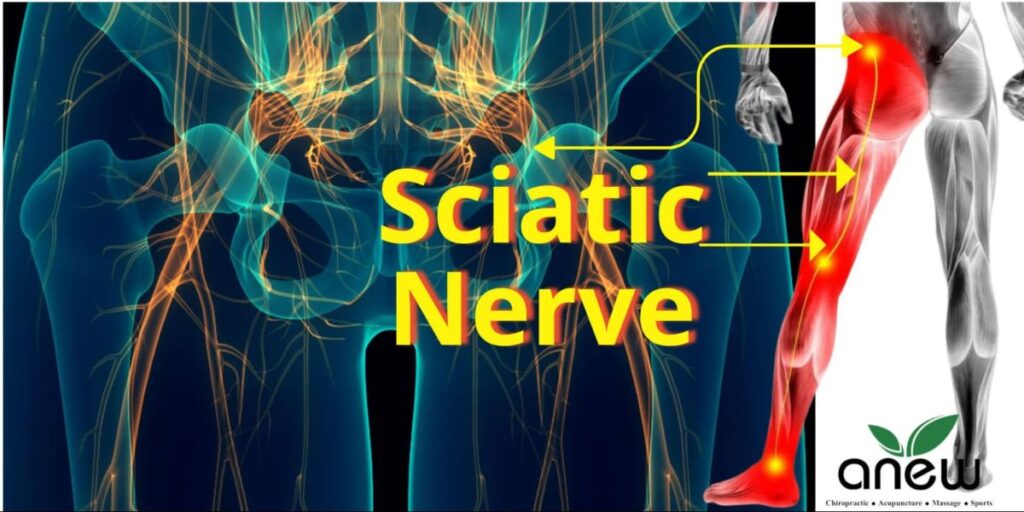All You Need to Know About Chiropractic Care
What Is Chiropractic Care?
Chiropractic care is a form of health care that focuses on the diagnosis and treatment of musculoskeletal conditions. It involves the manual adjustment of a person’s spine, joints, and other body parts in order to correct any misalignments or restrictions that may be causing pain or discomfort. Although this type of treatment is often used to help with back pain, it can also be beneficial in treating neck pain, headaches, osteoarthritis/fibromyalgia and many other conditions. It is important to note that not everyone responds to chiropractic adjustments. A lot depends on your particular situation and a good Chiropractic Doctor will help guide and advise you during each and every chiropractic adjustment.
Chiropractic adjustment or manual manipulation
Chiropractic adjustments remain one of the most popular forms of non-invasive treatments for back pain each year. Millions of Americans, estimated at 22 million, visit chiropractors every year in search of relief from conditions like herniated disks, sciatica, and other chronic pain. The available research indicates that up to 35% of those who go see a licensed chiropractor for a chiropractic adjustment, do so because they are living with chronic back pain or have experienced an injury that has caused them immense discomfort.
Chiropractic care can usually provide effective relief without the need for expensive surgeries or dangerous medications. It is important to keep in mind, however, that whilst chiropractic adjustments can be beneficial to many people looking for fast and lasting relief from their symptoms, it is also wise to explore all other options before committing to any form of therapy as results will vary per person. Let’s take a look at who can benefit from chiropractic care and how it works.
Who Can Benefit from Chiropractic Care?
Chiropractic care is often used to treat people suffering from back pain. However, it can also be effective for those dealing with neck pain, headaches, and osteoarthritis/fibromyalgia. In addition, regular chiropractic treatments may help improve overall joint function which could reduce the risk of injury caused by excessive strain on your muscles and joints.
Chiropractic treatment offers safe and effective relief from pain and limited mobility due to joint and tissue injury. By using hands-on techniques such as spinal manipulation and other alternative treatments, professional chiropractors can provide a safe alternative to more common pain relief procedures by stimulating the body’s natural healing process.
Spinal manipulation is an effective form of alternative treatment used to relieve pain and discomfort. While it can offer benefits to people with a wide range of medical conditions, it is important to note that those with certain medical issues should not undergo the procedure due to potential risks associated with it. People who suffer from herniated discs, for example, are strongly advised against the use of spinal manipulation as it can worsen the existing problem.
Additionally, spinal manipulation could lead to a spinal cord injury if not performed carefully by a skilled professional like a licensed Doctor of Chiropractic.
Edit Image
Why Use a Chiropractor?
Chiropractors hold a Doctor of Chiropractic (D.C.) degree from an institution accredited by the Higher Learning Commission, the same organization that issues accreditation for medical schools. It is therefore very important for individuals undergoing chiropractic adjustment to completely trust their healthcare provider when making medical decisions in order to ensure their safety.
Furthermore, with the guidance of a certified health professional, regular appointments may help to prevent further injury due to overuse or incorrect posture.
For those searching for safe and effective ways to reduce discomfort and improve overall wellness, chiropractic is an excellent form of treatment.
How Does Chiropractic Care Help?
Chiropractors use manual adjustment techniques to manipulate the vertebrae in order to restore proper alignment and mobility to joints restricted by tissue injury or inflammation. This helps relieve pressure on the nerves that are causing pain or discomfort.
In addition to manual adjustments once a physical exam has been performed, chiropractors may also provide nutritional counseling as well as exercise/rehabilitation programs designed specifically for each patient’s needs.
Treatment plans are designed to help patients return to therapeutic activities while experiencing pain relief. Manual adjustments, nutritional counseling and exercise/rehabilitation are utilized in order to restore the functional ability of an injured area and prevent further injury.
Furthermore, rehabilitation can be used as an adjunct or alternative form of treatment to reduce, stabilize or remove pain all together.
Ongoing assessment is crucial to provide the best possible outcomes. Through careful examination, providers can work with their patients to develop safe and effective treatment plans that may involve combination therapies for positive results.
Edit Image
Is Chiropractic treatment effective?
Chiropractic care has become an increasingly popular form of pain management and medical treatment and numerous studies have demonstrated its efficacy.
A wide range of physical ailments, including neck pain, headaches, osteoarthritis and fibromyalgia can all be positively impacted by chiropractic care. This is accomplished through a combination of manual therapy such as spinal manipulations, massage therapy, cold laser, spinal decompression tables, and exercises designed to recreate proper skeletal alignment, boost mobility and provide lasting relief from the physical discomfort associated with these conditions.
Receiving the skillful care of an experienced chiropractor can not only reduce your suffering in the present moment but can also help you live a healthier lifestyle into the future.
Potential Risks Associated With Chiropractic Care
Although chiropractic care is generally safe when performed correctly by an experienced practitioner, there are some potential risks associated with this type of treatment including worsening herniated discs or causing a spinal cord injury in some cases.
Therefore, it’s important to consult with your doctor before seeking out chiropractic care if you have any pre-existing medical conditions or prior spinal injuries.
Conclusion:
As you can see, there are many potential benefits associated with chiropractic care including relief from back pain as well as improved joint mobility which could reduce the risk of further injury caused by excessive strain on your muscles and joints.
However, like any medical procedure there are risks involved. So, it is important to talk with your primary care physician before seeking out chiropractic care if you have any pre-existing medical conditions or prior spinal injuries. For those who do decide to give it a try though, chiropractic care could provide lasting relief from chronic pain without the need for more invasive treatments such as surgery or medication.
If you are experiencing musculoskeletal pain, it may be time to consider seeing a chiropractor for a physical exam, whether you are experiencing minor aches, tight muscles, or need a chiropractic adjustment for joint pain of which you are already aware. Chiropractic care can provide lasting relief from chronic pain and restore joint mobility without the need for more invasive treatments such as surgery or medication. Contact Anew Chiro chiropractor in The Woodlands, Texas today to schedule an appointment.
All You Need to Know About Chiropractic Care Read More »











